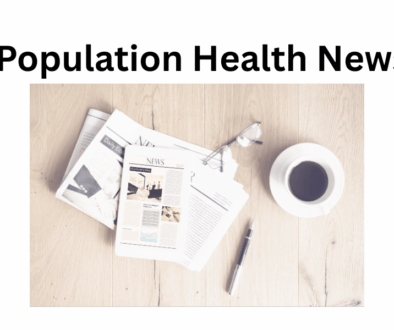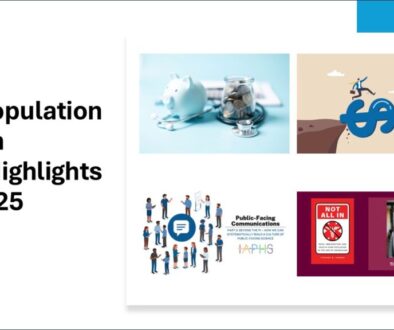Conference Report: Digital Skills: A Hidden ‘Super’ Social Determinant of Health
AMY SHEONThe “Digital Skills and Connectivity as Social Determinants of Health (SDOH)” panel at the IAPHS conference in October 2018 represented an unprecedented reach across sectors to shed light on a hidden SDOH.
Dr. Chris Gibbons from the FCCs Connect2Health Task Force shared that the “future of the nation’s health is fundamentally premised on the widespread availability and accessibility of high-speed connectivity by all.” Connected health tools such as patient portals to electronic health records, remote monitors, and mobile apps hold great promise for improving health, but their impact at the population level will be limited by the lack of digital skills and affordable connectivity. The panelists immediately embraced Chris’s framing of digital skills and connectivity as “SUPER social determinants of health (SDOH)” because they affect the ability to address all of the others. Chris also shared the FCCs Mapping Broadband Health resource that identifies geographic areas suffering the double disadvantage of poor health and lack of broadband.
Angela Siefer, Founder and Director of the National Digital Inclusion Alliance, shed light on the practice of “digital redlining” that has contributed to the inability of many low-income individuals to purchase affordable high speed internet. She also shared information about a network of community organizations, listed on the NDIA website, that stand ready to partner with health care providers around digital skill training and connecting patients so that they can take advantage of digital health tools. I highly recommend NDIA’s annual meeting, which we’ve used as a forum to create ongoing synergies between connected health and digital inclusion advocates.
My Case Western Reserve University colleague Adam Perzynski documented large disparities in the use of patient portals among 243,000 ambulatory patients at Cleveland’s MetroHealth System, noting that portal nonuse was strongly related to neighborhood level access to the internet. To address these issues, he has been testing a model we’ve developed in which community health workers (CHWs) screen patients for gaps in digital skills and connectivity. If needed, patients are referred to community digital service organizations for training, free or low cost computers or phones, and discount data plans. Trained CHWs then coach patients to use their portals either on the spot or at a longer, scheduled class. Preliminary results are very promising.
Finally, UCSF’s Courtney Lyles shared observational research studies showing that lack of digital skills and poor health literacy were crucial barriers to portal use. In response, her team developed online video training modules that were used in conjunction with in-person coaching. She underscored the value of connecting with local digital inclusion service providers and using training approaches informed by experts in adult digital skill acquisition. Her team is also helping seniors to use tablets, a technology that seems especially well-suited to that population.
In sum, I challenged attendees to identify an intervention that, for a cost of about $500 per person in the first year (and $120/year thereafter) would do more to reduce health disparities than connecting and training underserved patients. Please join us in shining a harsh light on the hidden “Super Social Determinant of Health.”





All comments will be reviewed and posted if substantive and of general interest to IAPHS readers.